Key Takeaways
- Investment fees in Canada include management expense ratios, sales commissions, trailing commissions, short-term trading fees, transfer fees, trading commissions, withdrawal fees, and more.
- You can cut your investment fees by trading less often, investing in low-cost ETFs, and using a no-commission brokerage platform or low-cost robo-advisor.
If you are appalled at the exorbitant cost of investment fees (i.e. mutual fund management fees) in Canada and the toll it takes on returns, you’re not alone.
A 2017 Morningstar report showed that Canada received a bottom-grade score regarding investment fees and expenses, bottoming out in a comparison among 25 different countries.
Essentially, what this means is that we pay some of the highest investment fees when compared to the rest of the developed world.
Of course, the reality of banks misbehaving is not new or rare in Canada. In 2016, we heard about CIBC paying more than $73 million back to clients to compensate them for “inadvertently overcharged fees.” The following year, it was RBC’s turn to repay $21.8 million to clients who had also been overcharged.
These are just a few of many instances when banks ‘inadvertently’ gouge their clients for more fees than they should be paying.
It appears that the government may be starting to get concerned, too. Regulators in the financial industry deserve some credit with a recent regulation – the Client Relationship Model Version 2 – requiring greater transparency in the reporting and disclosures of investment performance and fees by investment firms.
This is a step in the right direction, as many investors are oblivious to the fact they are paying a lot in fees due to how these fees are embedded or cloaked inside other financial mumbo-jumbo. It is a good starting point, but more needs to be done.
Read: A Complete Guide to Robo-Advisors in Canada
What Investment Fees Are You Paying?
The average management expense ratio (MER) you can expect to pay in Canada for equity mutual funds is 1.98%. To put this in perspective, if you have an investment portfolio of $100,000, you could be losing about $1,980 to fees every year on average!
Compare that to an average of 0.66% for similar funds in the U.S., and it almost makes you want to go ballistic.
The MER is just one of the many fees you may have to pay on your investment portfolio. Several other fees may accrue depending on what type of investment you buy, where you buy it, your account balance, and many other factors.
Many of these fees were carefully ‘hidden’ until recently.
1. Management Expense Ratio (MER)
This forms the bulk of your fees when you invest in mutual funds. MER is an annual fee charged to your portfolio and consists of a mix of management fees, operating expenses, and trailing commissions.
To find out what the cost of MER is for any particular mutual fund or Exchange Traded Fund (ETF), look closely at the fund’s “Fund Facts” or prospectus. For example, RBC’s Balanced Fund Sr A has an MER of 2.16%.
MER costs are paid directly from the fund and will lower total investment returns over time. The more active the strategy adopted by a fund manager is, the higher the MER will be.
MER is charged whether or not a fund performs well, and the return earned on your portfolio is reported net of the MER.
In general, MER fees will go to pay investment managers, legal and other professional fees, administrative fees, marketing costs, trailing commissions, taxes, etc. If you’re interested in how the MER is calculated, it is:
MER = Annual Fees + Annual Expenses / Net Assets
2. Sales Commissions (Sales Loads)
These are commissions you pay to investment dealers when you buy or sell a fund from them. These sales loads come in different forms:
a. Front-end Load (Initial Sales Charge)
The investment firm selling you the fund may charge an initial sales charge. The cost can be up to 5% of your initial investment, and the money goes to the financial advisor’s firm. The fee charged may be negotiable.
For example, on a $10,000 initial investment, if you are paying a front-end load of 2%, then $9,800 is invested in the fund, while $200 is paid to the advisor’s firm. Front-end loads are now less common due to the increasing competitiveness of the investment landscape.
b. Back-end Load (Deferred Sales Charge)
Some funds charge a deferred sales charge, which infers that they pay the advisor’s firm a commission out of their own pocket when you initially buy into the fund.
Depending on how long you hold the fund and when you eventually sell it, they may charge you a fee that is up to 7% of your portfolio.
The longer you hold the fund, the less you’re charged in fees. If you hold the fund long enough (usually 5-7 years or longer), this fee drops to 0%. On a $10,000 fund investment, a 7% deferred sales charge is $700 down the drain.
c. Low-load Sales Charge
With front-load and back-load fees going out of fashion, some firms now use the low-load fee approach.
With the low-load deferred sales charge, you are not charged a commission upfront, and if you hold your investment for longer than two years, no fees are charged if you redeem or sell your investment.
Charges for redemption within the first two years are also much lower, typically around 2%.
Not all mutual funds charge fees for buying and selling their funds. There are numerous No-Load mutual funds out there that do not require you to pay a commission.
3. Trailing Commissions (Trailer Fees)
Although these are usually embedded in the MER, they warrant a separate definition.
They refer to ongoing commissions paid annually by an investment firm to financial advisors for their services. It can account for up to one percentage point or more of the MER.
On a $10,000 mutual fund investment with a 1% trailing commission, you would be losing $100 or more per year in trailer fees.
4. Short-term Trading Fee
This is usually applied if you switch out or redeem a fund within 30 days of buying it. Investment firms levy this fee (1-2%) to discourage short-term trading.
5. Other Fees
There are several other investment fees you will encounter out there.
For registered accounts (RRSP, TFSA, RRIF, etc.), you may have to pay fixed fees for administration, deregistration (full or partial), unscheduled withdrawals (RRIF), and transferring your assets to another institution.
Wealthsimple Invest

Professionally managed ETF portfolios
Multiple account types
Auto rebalancing and div reinvesting
Get a $25 bonus with a $500 deposit
How to Lower Your Investment Costs
1. Go With Lower-Cost Options
Canadians now have more options regarding what they can invest in and how to do so.
A. Exchange-Traded Funds (ETFs): These come with much lower MERs (as low as 0.06% – Yes, you read that right!), e.g. Vanguard FTSE Canada All Cap Index ETF and iShares Core S&P/TSX Capped Composite Index ETF.
A mutual fund with similar holdings can easily have an MER of 1.82% or more. For a $100,000 investment portfolio, the ETF (at 0.06%) will cost $60 in annual MER, while a mutual fund (at 1.82%) will cost $1,820.
However, note that ETF trading fees can add up and become significant if you frequently trade in a small portfolio.
These days, you can also use an asset-allocation ETF such as VGRO or VEQT that doesn’t require rebalancing. And you can also use a no-commission trading platform.
B. Index Funds: Index investing has become very popular since they were first advocated by John Bogle (author of “Common Sense on Mutual Funds” and founder of The Vanguard Group).
These funds work well for investors with smaller accounts (under $50,000) since you do not have to pay transaction fees per trade and can easily make small regular purchases.
Index funds also usually have lower MERs than traditional mutual funds since they are passively managed. Examples of index funds include TD e-Series Funds (such as TD Canadian Index e-Series – MER 0.28%), Tangerine Investment Funds (MER 1.06%), etc.
C. No-Load Mutual Funds: As mentioned earlier, several no-load funds are available today. Also, you can look at mutual fund companies with superior performance and lower MERs than their peers. Examples include Mawer and Leith Wheeler.
2. Trade Less Often
Being a self-directed investor can save a lot in MER fees. However, it becomes counterproductive if you start trading a small account frequently, as the $10 transaction fees quickly add up.
To lower your fees, you may have to consolidate your trades.
Some online brokerages in Canada now offer commission-free trading, including Wealthsimple Trade and Questrade.
3. Use Low-Cost Management and Advice
Robo-advisors are now the rave in Canada. They are significantly cheaper than full-service financial/traditional advisors and are accessible online.
Besides, you don’t need to have a large portfolio to utilize their services. Examples of these online financial advisory services are Wealthsimple, CI Direct Investing, Questwealth, and Justwealth.
Read: The Top 10 Strategies For Investing Success
4. Get Someone Else to Pay the Fees
If you are moving your investment account to another financial institution and have to pay a transfer fee, ask the receiving institution if they are willing to pay the fee on your behalf.
In most cases, if you are bringing a substantial account, they will be willing to do so.
Wealthsimple pays your transfer fees up to $150 if your assets are at least $5,000. Questrade also reimburses up to $150 in transfer fees.
Are Investment Fees All Bad?
No. The better question is: “What value are you getting for the fees you’re paying?”
I could just as easily title this section: ‘Investment Performance and Pursuit of the Holy Grail.’
If you are getting more bang for your buck compared to a similar fund with lower fees, then the fees you are paying may be worth it. If not, you should probably start looking for cheaper (and better) alternatives since you’re losing money.
Overall, the data shows there’s not much to gain by paying excessive MERs to active equity fund managers – based on their performance relative to their benchmark index.
Closing Thoughts
The financial market is a beast that cannot be fully tamed. It’s volatile and will rise and wane outside of your control.
For longer-term success in the markets, significantly cutting down costs may be the key!
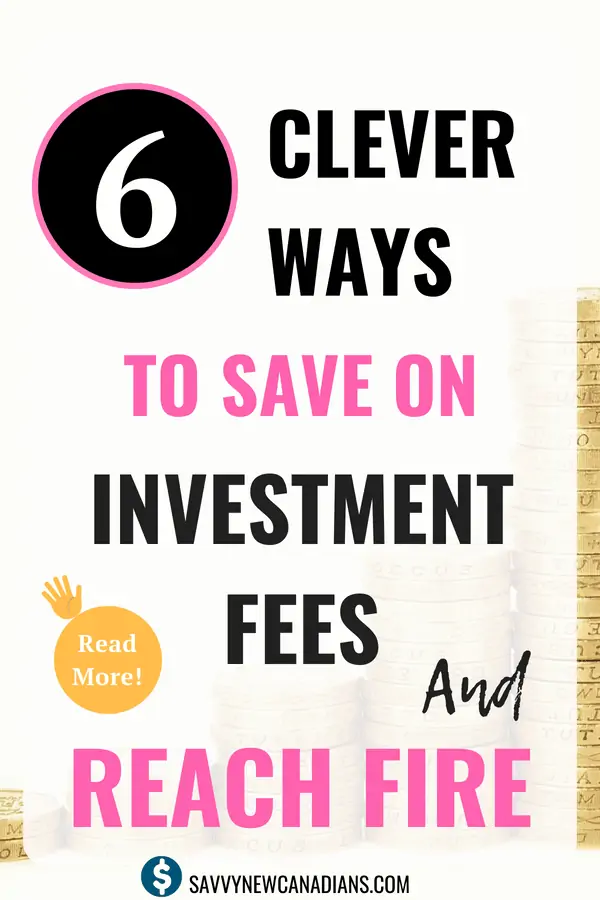
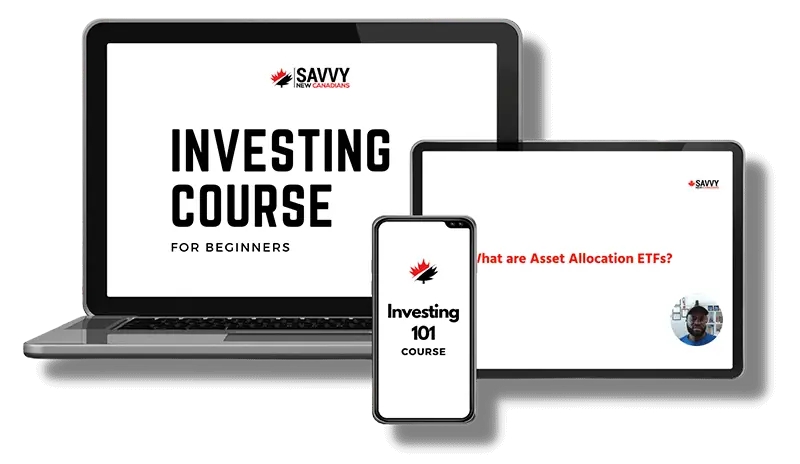
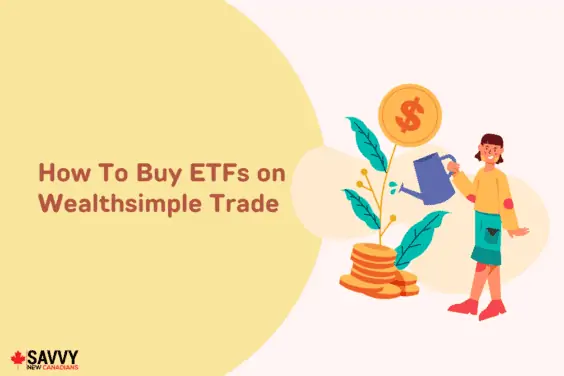
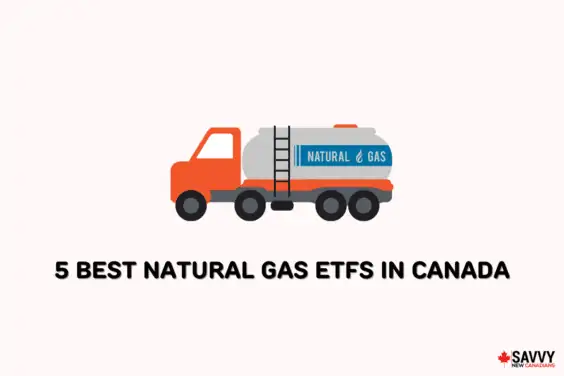


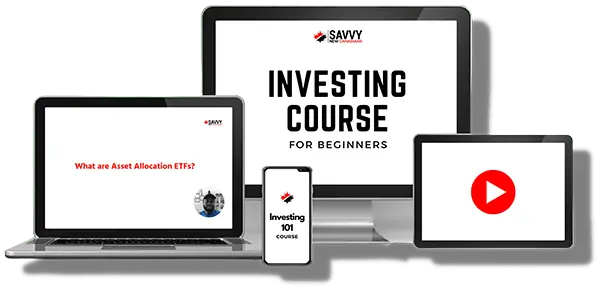

This is a great post! SO MANY FEES! My sisters are interested in investing in a Fideltiy mutual fund and I had to give them a lecture about the fees that they will be paying for it. This is after I spent so much time setting up a TD eseries account to invest index funds for them!
Thanks for stopping by GYM!
True. I have had similar experiences with friends who cannot just be bothered to think about how fees are eating into their long-term returns. While, it only takes a little bit of effort to set up your DIY account, I find that for those who are not into PF, this is often asking too much.
What are the rules and considerations re Canadians investing in a U.S. no-load fund? My American Mom (retired school teacher) built a nice retirement by dollar cost averaging–depositing a monthly amount into the Vanguard Index 500 mutual fund. I’d like to do the same from Canada? Thanks
The most worthwhile comment in this entire article:
– The better question is: “what value are you getting for the fees you’re paying?”
If this article entices someone to dump a professionally managed fund for index funds and ETFs in a self-directed account, it is potentially doing them a great disservice
It is better to seek value and engage in price competition – opposing firms will compete for your business, and should offer lower fees as well as an active, advice-driven, professional relationship
There is, of course, a place for ETFs, index funds, etc. – but to say they are suitable for the average individual that reads this article is, in my opinion, erroneous
Is double-dipping allowed in a Fund of Funds in Canada? For example, a mutual fund with an MER of 1.97% might have as its top 10 holdings (representing about 55% of the total), other mutual funds in the same fund family. Is the MER of that fund actually 1.97% or is it 1.97% plus, plus, plus… i.e. plus applicable MERs from all of the other funds it holds?
@JCJ: The posted MER should comprise the fees for all the holdings in the mutual fund.